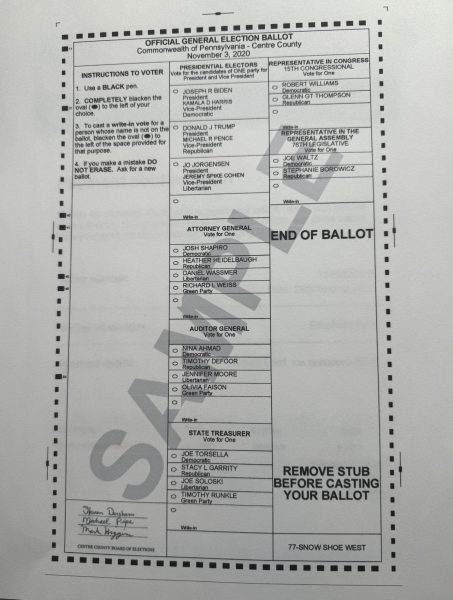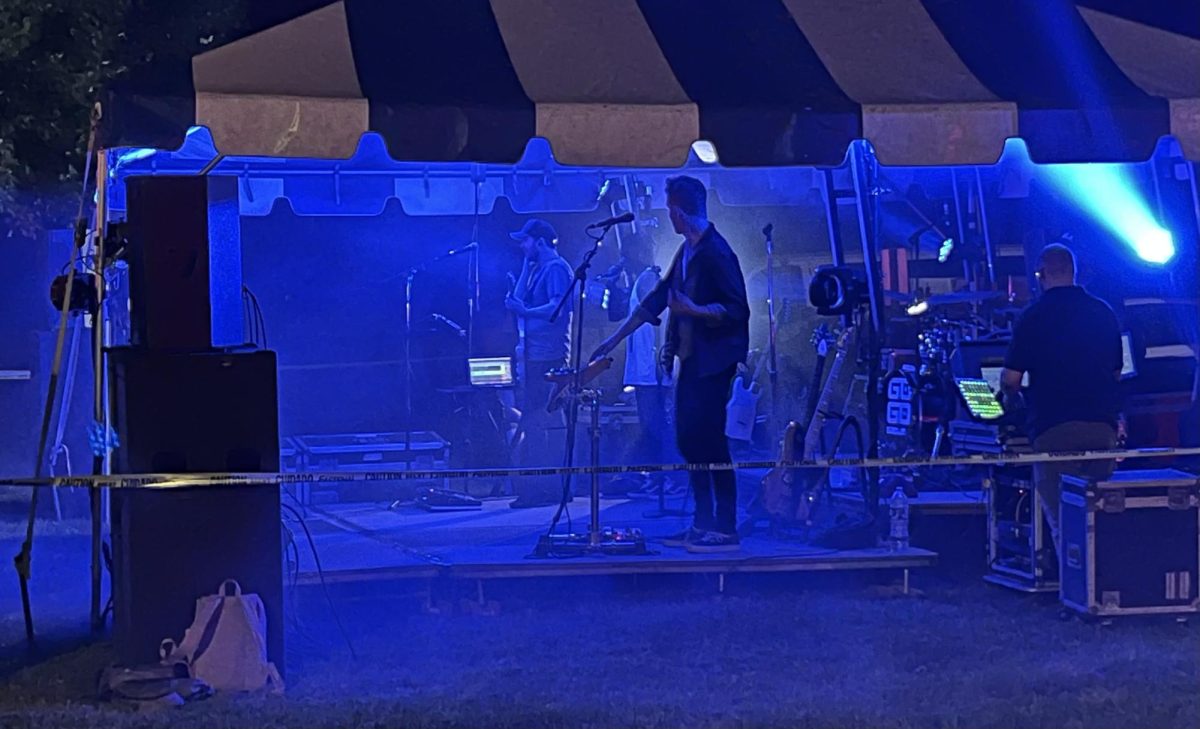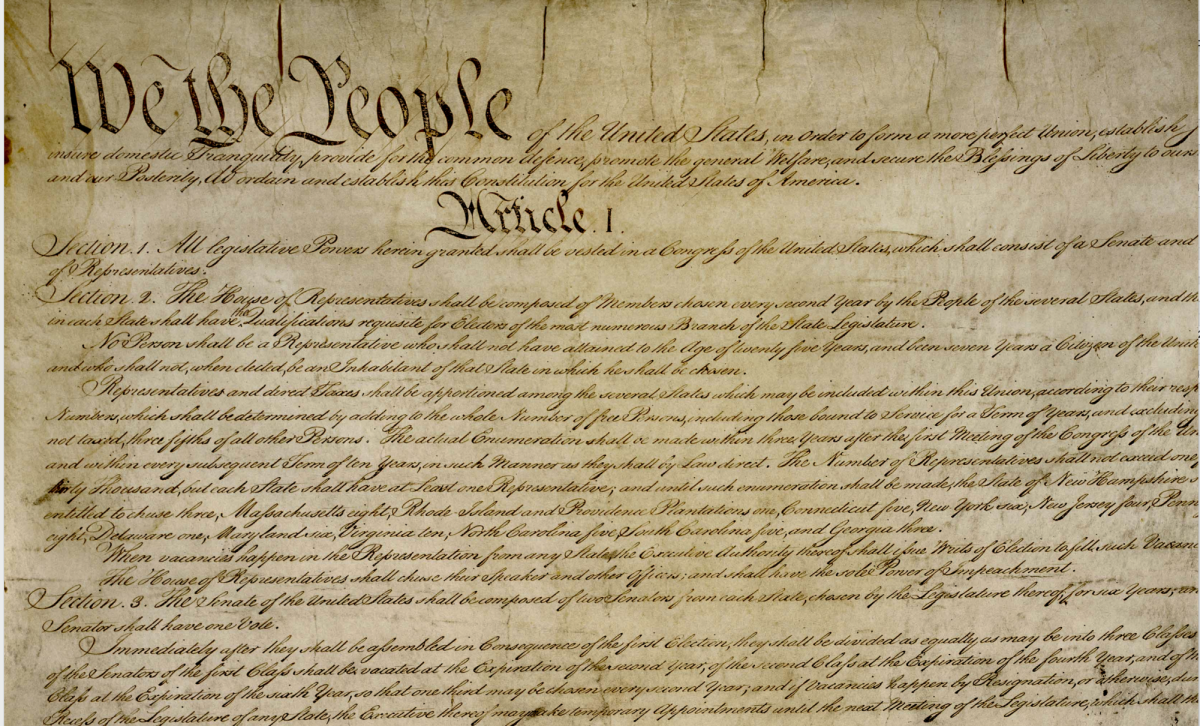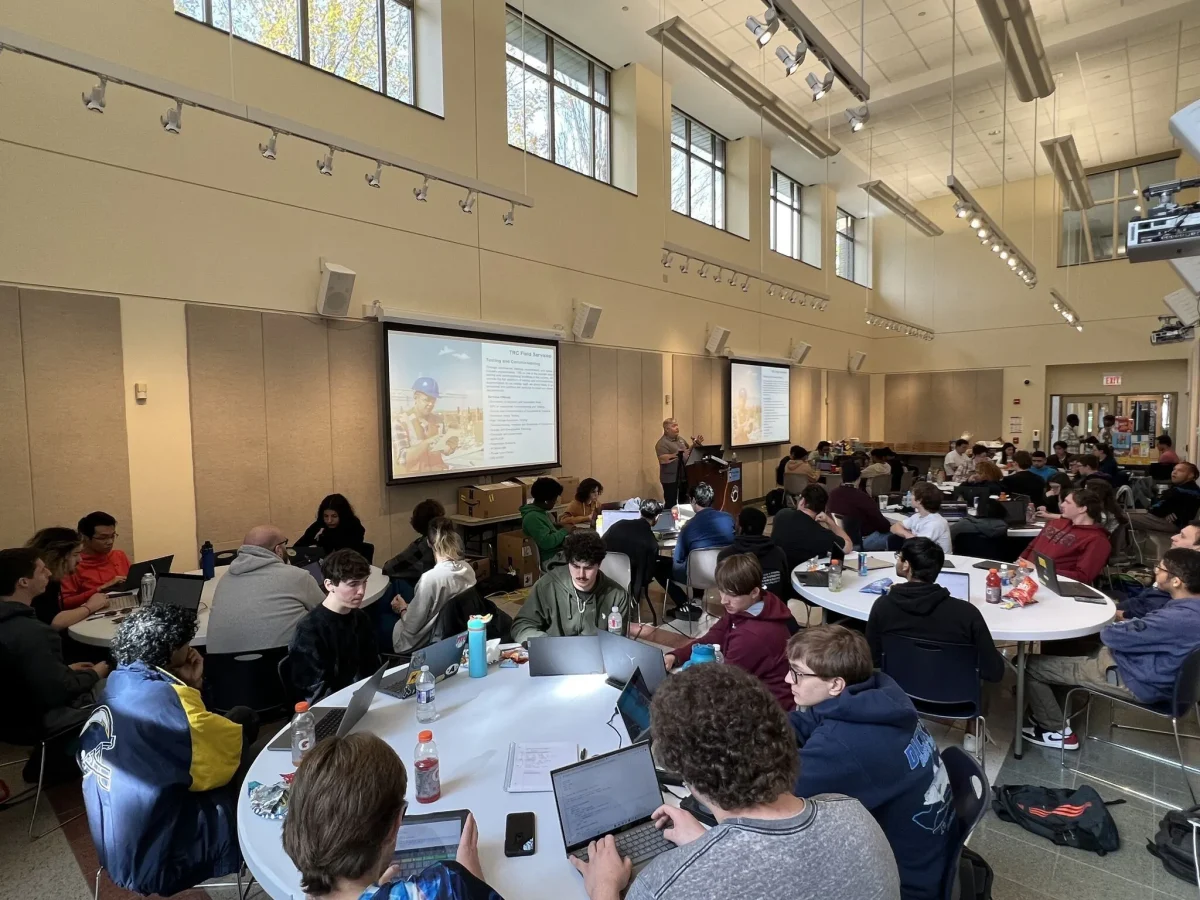When Americans cast their ballots in the general election every four years for president and vice president, the common perception may be that the candidate with the majority of popular votes wins the election. However, the election of the president and vice president is determined by the Electoral College process.
According to the National Archives, “The states use these general election results (also known as the popular vote) to appoint their electors. The winning candidate’s State political party selects the individuals who will be electors.”
Penn State Harrisburg Professor of Public Policy, Dr. Dan Mallinson, explains the significance of the Electoral College process in Pennsylvania.“Pennsylvania has been a key state in the Electoral College for several decades. While not the only state deciding the past two elections, Pennsylvania has been a swing state with former President Trump winning it narrowly in 2016 and President Biden winning narrowly in 2020. This year’s election will be no different, save for the fact that Pennsylvania has lost one elector,” Mallinson said.
In the most recent general election in 2020, current President Joe Biden won the popular vote in Pennsylvania with 3,458,229 popular votes; 3,377,674 popular votes were cast for then-President Donald Trump; Libertarian party candidate Jo Jorgensen received 79,380 popular votes.
Because of Pennsylvania’s state election laws, Pennsylvania’s popular votes were apportioned to each of the Electoral College Voters on Biden’s slate of 20 Electoral College Voters. So, Biden received 20 Electoral College votes from the state of Pennsylvania.
For the entire general election, 81,283,501 popular votes (306 Electoral College votes) were cast for Biden; 74,223,975 popular votes (232 Electoral College votes) were cast for Trump; and 1,865,535 popular votes (0 Electoral College votes) were cast for Jorgensen. Write-in candidates received 1,056,620 popular votes and 0 Electoral College votes. According to the Federal Election Commission, 62.80% of the population that were 18 or older voted in the 2020 general election.
The National Archives explains that after the popular votes in the general election are counted: the winning Presidential candidates’ slates of potential electors are appointed as the States’ electors- except in Nebraska and Maine, which have proportional distribution of the electors. In Nebraska and Maine, the State winner receives two electors and the winner of each congressional district (who may be the same as the overall winner or a different candidate) receives one elector. This system permits Nebraska and Maine to award electors to more than one candidate.”
The present majority needed of the Electoral College 538-votes to win becoming the presidential officer is 270 Electoral College votes. The popular vote occurs on November 5,2024. Because of the Electoral Count Reform Act of 2022, the Electoral College voters will cast their ballots on December, 17, 2024. The date on the National Archive website is a new and correct date. The date is different than what it was in the last election, because Congress passed a new law. There have also been a few other changes to the count process due to the new law. All of the changes to the count by this law will affect the 2024 general election and all future general elections.
The determining Electoral College vote count has not aligned with the popular vote count in five general elections, most recently was in the final results of all vote counts of the 2016 general election.
In order to further understand the Electoral College vote process, it is important to know some facts of its history. The ratification of the 12th Amendment changed the role of the Electoral College while clearly outlining its responsibilities for selecting the president and vice president. Originally, each elector cast one ballot for president and vice president jointly. Once the 12th Amendment was ratified, it was required that separate ballots be cast for the two positions. This is the process still required today. The Electoral College process is part of the US Constitution. Any further changes would again require an amendment to the Constitution.

The final step in the Electoral College voting process is for the US Senate and House of Representatives to hold a joint session on January 6 to count and validate the Electoral College votes. This can allow for a peaceful transition of power between administrations. However, if no candidate receives at least a present 270 majority of Electoral College votes, then US Federal Code further designates how the election is to be finally determined. Federal Codes regulate each step of the Electoral College voting process and determination of the counting of the vote process.
Professor Mallinson explains how a change in population will affect Pennsylvania in the 2024 general election: “Because it is a slow growth state, Pennsylvania lost one seat in the House of Representatives after the 2020 Census. That seat went to states like Texas, Florida, North Carolina, Colorado, Oregon and Montana,” Mallinson described. “Losing a seat means losing some of the Keystone State’s power, including in selecting the President of the United States,” he added.
The federal congressional districts for Pennsylvania have been reduced by one congressional district, so Pennsylvania Electoral College votes will be a maximum total of 19 in the 2024 general election.

Pennsylvania is a closed primary state, so Pennsylvanians must register as either a Democrat or Republican in order to be eligible to vote in the Pennsylvania state primary election. The deadline to register to vote in Pennsylvania’s Primaries is April 8, 2024. The Pennsylvania election calendar is available with important dates regarding the 2024 state and general elections at vote.pa.gov.
























